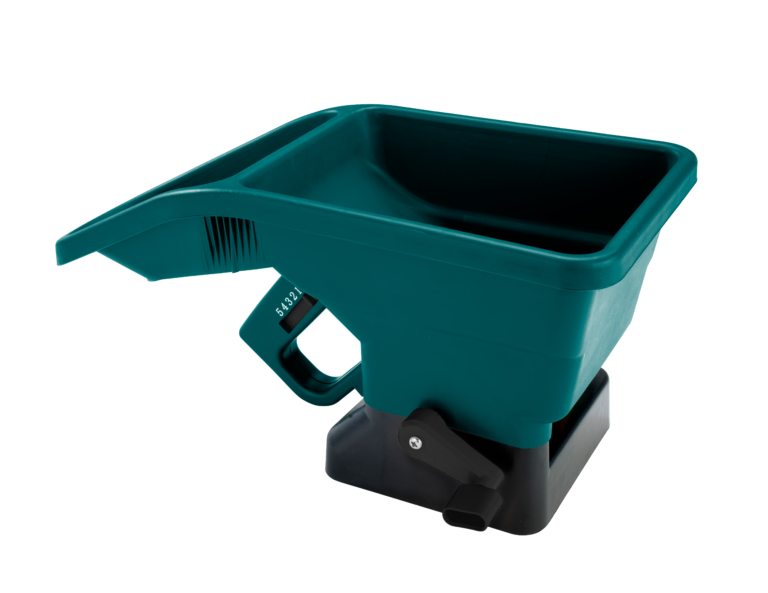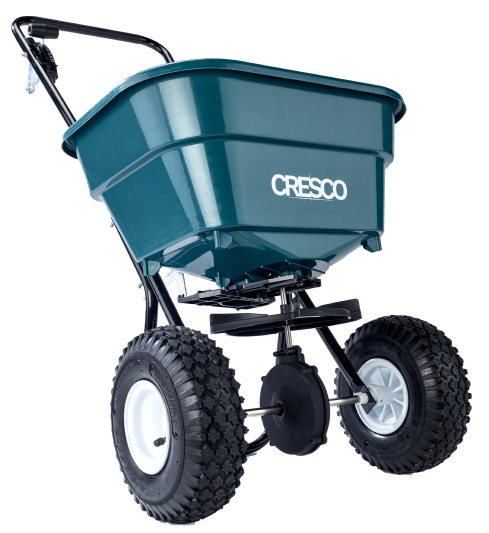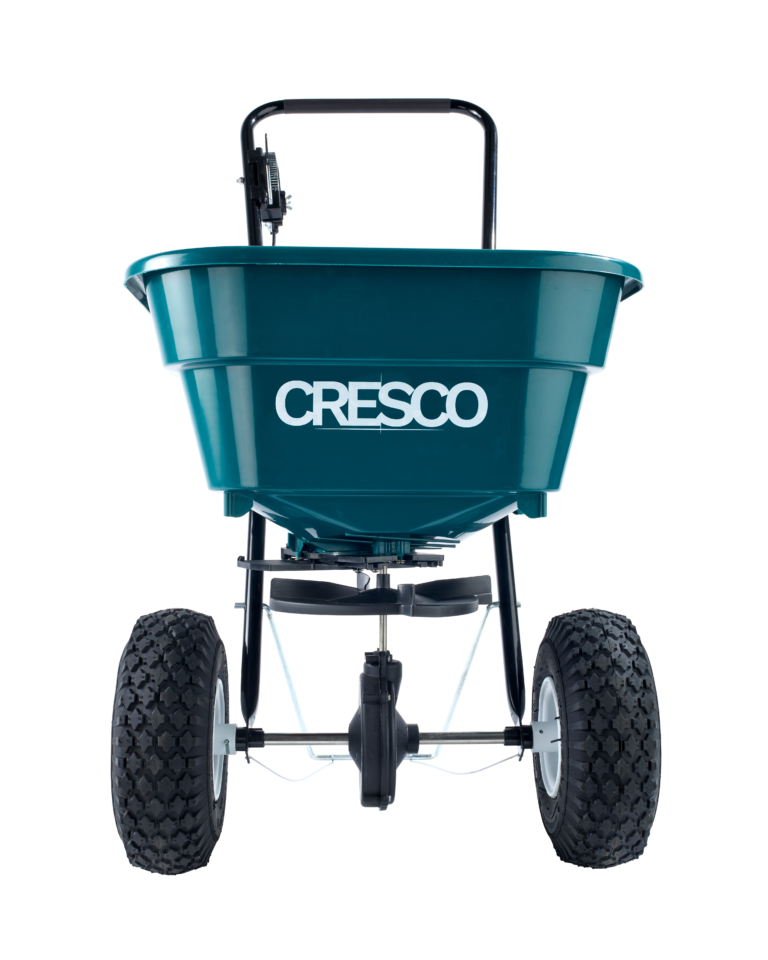7 Simple Steps to Perfect Overseeding

How to overseed a lawn for lush green grass can be a daunting task. Especially if you are a novice, or it’s a while since you last tackled the work.
Your existing lawn is looking patchy and tired and you don’t know what to do for the best. Do you overseed or do you go down the route of buying expensive turf?
Choosing to overseed your lawn is not difficult. But, you will want to follow the best tips and guide to overseed your lawn for best results.
Here’s what you’ll discover in our guide to overseeding your lawn:
- How to properly overseed a lawn
- How to overseed a lawn in fall
- How to overseed a lawn in spring
- What grass seed should I choose?
- Common mistakes to avoid when overseeding
- Tools & Tips
- And much more …
Overseeding Lawn For Maximum Beauty and Minimum Fuss

So, why overseed your lawn in the first place? Well, if you are after a concentrated, rich green swathe of grassy goodness you’ll want to maintain your grass regularly. A well looked after lawn will reward you with better color and with more resistance to disease and drought.
The different seasons all take their toll and the better armed your grass is, the easier it is for you to keep on top of things. Mowing becomes a cinch, and of course, cutting out so much weeding has got to be a win!
With this in mind, let’s get started.
What is Overseeding and Why Do You Need It?
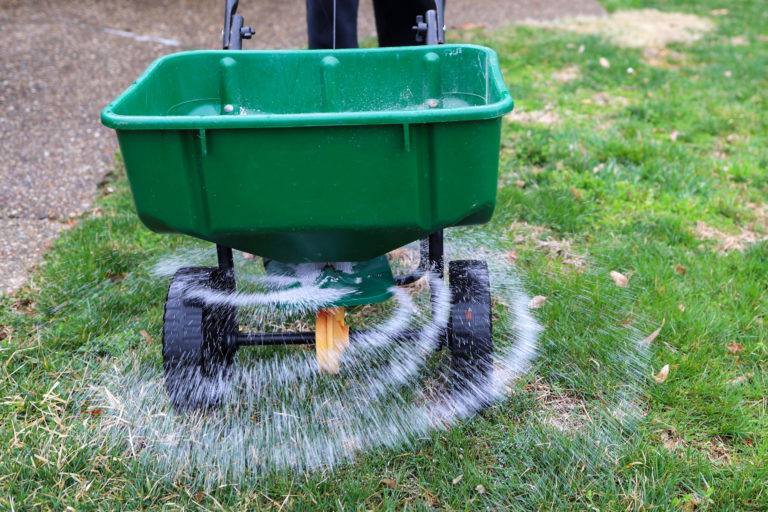
Overseeding is a way to patch an existing lawn with seed, so it continues to grow healthy grass. Overseeding your lawn is a bit like taking added vitamins or drinking that green smoothie each day to give you energy and vitality.
With a lofty name you would expect it to be a difficult job, but overseeding is nothing more than spreading seed over a current lawn that’s looking past its best.
Being able to perk up your turf when it’s looking tired is a quick job that extends enjoyment of your lawn and helps improve the quality of the grass.
How to Properly Overseed a Lawn
Keeping your lawn in tip-top condition doesn’t need to be a chore. And, overseeding is a simple maintenance task. However, you do need to heed one or two steps to make sure you get it right.
Best Seasons for Overseeding Lawn

Spring and fall are the best seasons for overseeding lawn. In spring the soil is beginning to warm up with a reasonable amount of moisture in the air to encourage germination. However, unpredictable weather can upset the applecart, with heavy downpours of rain, or hot days you hadn’t bargained for.
In fall you have similar weather patterns; soil is still warm, but temperatures have dipped from the drying heat of summer.
As John Keats wrote, “To Autumn: Season of mists and mellow fruitfulness …”, meaning the fall mists will help to keep the young shoots watered, whilst the warmth from the ground stimulates growth.
It’s not wrong to consider overseeding at other times, but you are risking lack of germination through drought or freezing temperatures. Both extremes make it much more difficult to encourage new growth.
Quick Guide to Suitable Grass Seed for Your Area
This is always a tricky question to answer because it depends. A bit of a cop-out, but certain grasses grow best in certain areas. And, rather than give you a definitive answer, it’s best to ask at your local garden store as to what they recommend for your part of the world.
Another factor to take into consideration when choosing grass seed is what action is the grass going to see? Are you going to be hosting the local junior soccer academy, or Cruft’s dog show playground? Or are you looking for the perfect bowling green or croquet lawn?
Taking these factors into account, here are some of the varieties most grass seed mixes include and are worth looking out for when choosing your grass seed:
- Ryegrass – Course, all-round and hard wearing. Flourishes in most soil conditions.
- Fescue – Finer than ryegrass, yet strong and functional. Because of the slender shape of the blades, this grass feels softer under foot and creates dense lawn.
- Bentgrass – Similar to fescue grasses, the velvety feel of bentgrass adds a sense of luxury to your lawn. However, it is high maintenance, so use with caution.
How to Overseed a Lawn in 7 Simple Steps
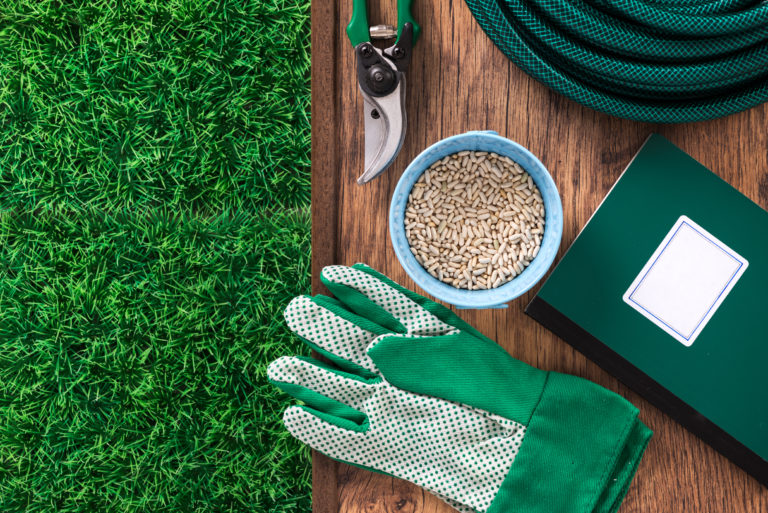
As with most work around your backyard, preparation is key. Gather together the tools you need:
- Mower
- Rakes
- Grass Seed
- Seed or fertilizer spreader
- Watering can or hose
Step 1. Give your lawn a good mow. Keep it short, shorter than you might normally, so the bare earth is visible. The grass seed needs to be able to be in contact with the soil in order to germinate. As a general rule of thumb, you’ll want to mow to about 2⁄3 of the grass length.
Step 2. Rake the lawn removing dead grasses, thatch, moss, stones and other debris. Like lawn clippings, you don’t want anything to stop the grass seed germinating, so remove as much as you possibly can. Use a metal rake to loosen the soil, making it easier for the seed to germinate.
Step 3. Pay particular attention to bare patches when raking in order that the seed has a soft bed of soil to land in and grow well.
Step 4. Grass seed sowing time! Using a handheld spreader, or a broadcast fertilizer spreader, disperse the seed across your lawn. Take careful note of the amount of seed you will need to cover for overseeding, and seed away!
Step 5. You may like to top dress your lawn at this stage with a thin layer of compost. This will help fertilize your seedlings and will feed existing lawn at the same time. It also helps add a fresh layer of soil to improve surface levels, evening out those dips and bumps.
Step 6. Gently press the grass seed into your lawn. Either use a roller, or simply walk up and down. This will be sufficient to flatten the seed into the soil and give it the boost it needs to start sprouting.
Step 7. Water lightly and frequently for best results. A fine mist of water is preferable, as heavy watering or rain will wash the seed away. Don’t let your seeds become dry, otherwise the grass seed will not germinate, so little and often is advised.
Common Overseed Mistakes To Sidestep

- Avoid winter and summer overseeding – work with the seasons for best results.
- Don’t get sucked in to cheap or fancy grass seed – choose the best grass seed for your purpose and location.
- Don’t over overseed! – It can be tempting to seed too much just to “make sure” your grass will grow. In essence the opposite is true and you will be crowding out the seedlings and getting a lot of die-off due to them competing against each other.
How to Overseed a Lawn for Best Results
How to overseed a lawn for best results is a matter of taking the right steps. As you have discovered, choosing the correct grass seed for your region and season, preparing the ground and using the right tools all play their part.
Creating a beautiful backyard lawn, like most things, is easy when you know how. By using these tips your lawn will be rewarding you for years. Why not explore more helpful lawn and backyard knowledge with Cresco’s expert articles, including lawn care tips and maintenance guide for healthy grass?
